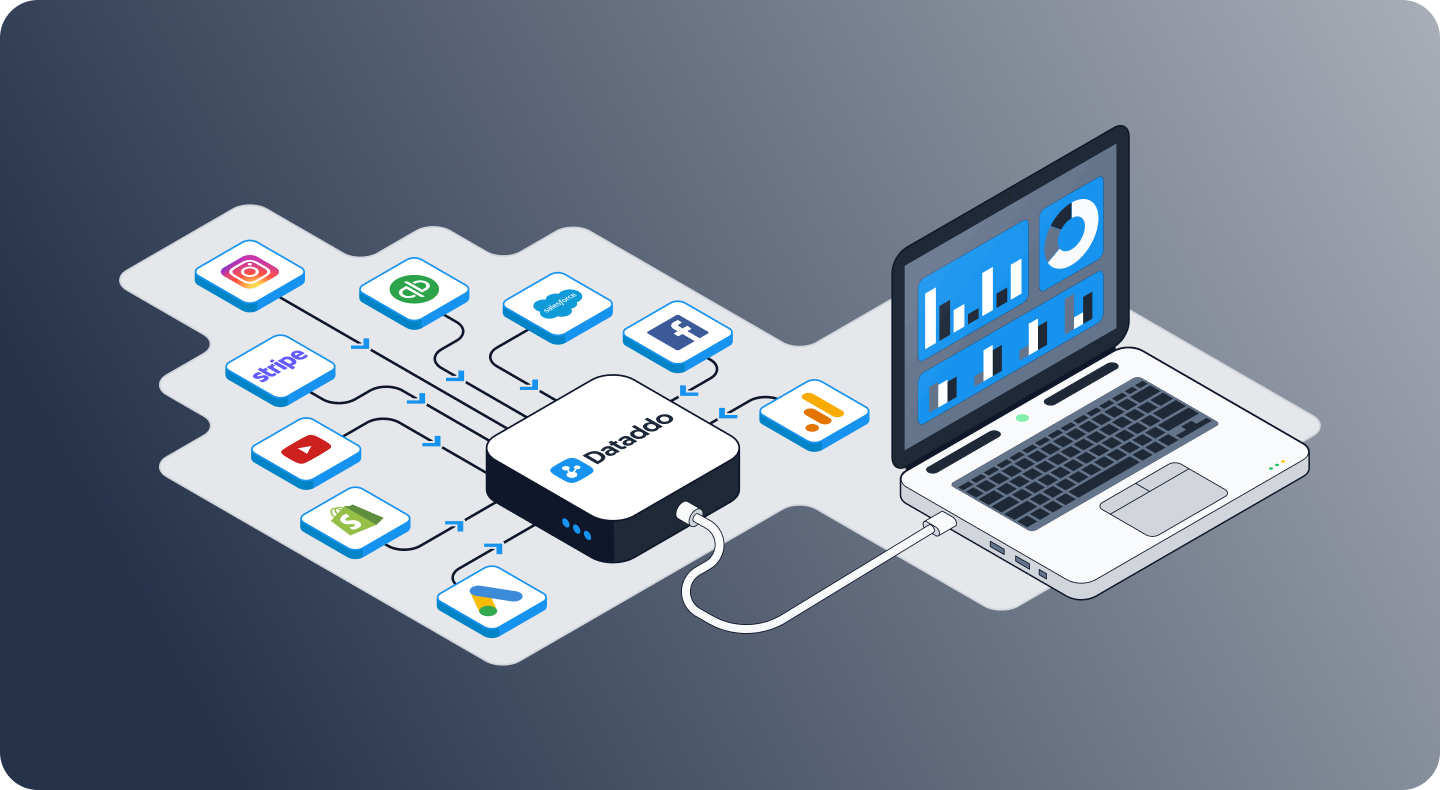In only the last several years, we have been flooded with new cloud-based applications and services, each aiming to save us time, money, and effort. Though these many services come with huge advantages, data leaders understand that their diversity in design and purpose brings the issue of complexity to the forefront.
While many believed that the wide adoption of cloud-based systems would help to standardize data management, the exact opposite is happening: because these systems are designed separately, and for vastly different industries, our data is more disparate and complex than ever. Data leaders tasked with creating the data infrastructure for their companies have many factors to consider.
The Building Blocks
When developing effective data-driven strategies for your company, a solid underlying data architecture is the basis for success. Most architectures follow a linear path, starting with the data sources, ending with tools for storage and/or analysis, connected by a data pipeline (ETL solution or integration service). Though there are many well-established tools for data warehousing and dashboarding, the field of data integration software is still emerging, challenging data experts to find solutions for their data pipelines that cover current and future possibilities.
But the pipeline stage is too important to be overlooked—a stable data pipeline is the difference between clean, quality data arriving at your destination, or a duplicitous mess that takes hours of additional labor to correct. The question for data architects is this: should one build their own pipelines from scratch, or pay for an integration service?
DIY Data Pipelines: Trouble and Struggle

Many data architects start by choosing the first option. After all, it is tempting to maintain managerial control over the entire process by keeping it in-house. Plus, it allows architects to fully customize data pipelines to their needs. However, this method is not without hurdles, including but not limited to:
- Inconsistent documentation: diverse systems means every data channel comes with its own API documentation, each unique in its process and level of detail.
- Unreliable APIs: Not all APIs are created equal, and engineers will inevitably face breakdowns and changes which need to be fixed manually.
- A distracted team: in-house projects mean that developers and engineers are spending weeks (at least) pulled away from their main tasks.
- Low-quality integrations: most workers building in-house integrations lack expertise, leading to lower-quality pipelines and difficulty fixing breakdowns.
- Transferability: When the developer who built the integrations leaves, will they provide the documentation necessary to ensure the next team can access everything they need?
Perhaps most importantly: the cost of maintenance. Putting aside for a moment the sheer cost of the human work hours required to build complex integrations (we’re talking weeks of work, minimum), don’t neglect the long-term commitment. In order to be worth the effort, your data pipelines must be able to deliver your data, guaranteed. This takes constant attention and maintenance to address API changes.
With these considerations, the “DIY” solution loses its luster.
Integration Tools: Bring in the Experts
Some managers are automatically turned off by the idea of outsourcing their pipelines, citing added costs and lack of control. But these decision-makers are ignoring long-term benefits in favor of short-term savings (and, as discussed above, those “savings” are generally nonexistent).

Investing in a professional, established data integration service provides numerous benefits:
- More time: not only will an integration tool create data pipelines in a fraction of the manual build time, but it frees up developers to work on the tasks they were hired for in the first place.
- More money: In general, the cost of hiring a data integration service will save untold funds otherwise put towards labor hours of building and maintenance.
- Expertise: With pipelines being managed by professionals in the field, you can rely on their experience and knowledge to handle breakdowns and keep your data flowing.
- Scalability: Most integration services allow the user to quickly add data sources as their company expands, easing growing pains and providing a realistic long-term solution to their data infrastructure.
- Ease: Simply put, building pipelines by hand is tedious and frustrating. Many find the price of a 3rd party service to be worth the relief of their headache alone.
Choosing the Right Integration Service
When choosing your data integration tool, you want the benefits mentioned above, but it’s important to consider one additional factor: flexibility. More than just scalability, you want a tool that will conform to your data architecture and change with your business as it inevitably adopts different storage/dashboarding solutions. Not all integration services can easily transition when their customers want to shift the architecture. Dataddo is one such tool that offers flexible connectors, along with affordability and high-level support.
When it comes to your data pipelines, investing in an integration service is the clear choice for ease and quality. Build vs buy? Buy, every time.
|
See how Dataddo can help your business Just a few quick steps to get your data to your dashboard for better analysis, without the hassle. |


-min.jpg)

Comments